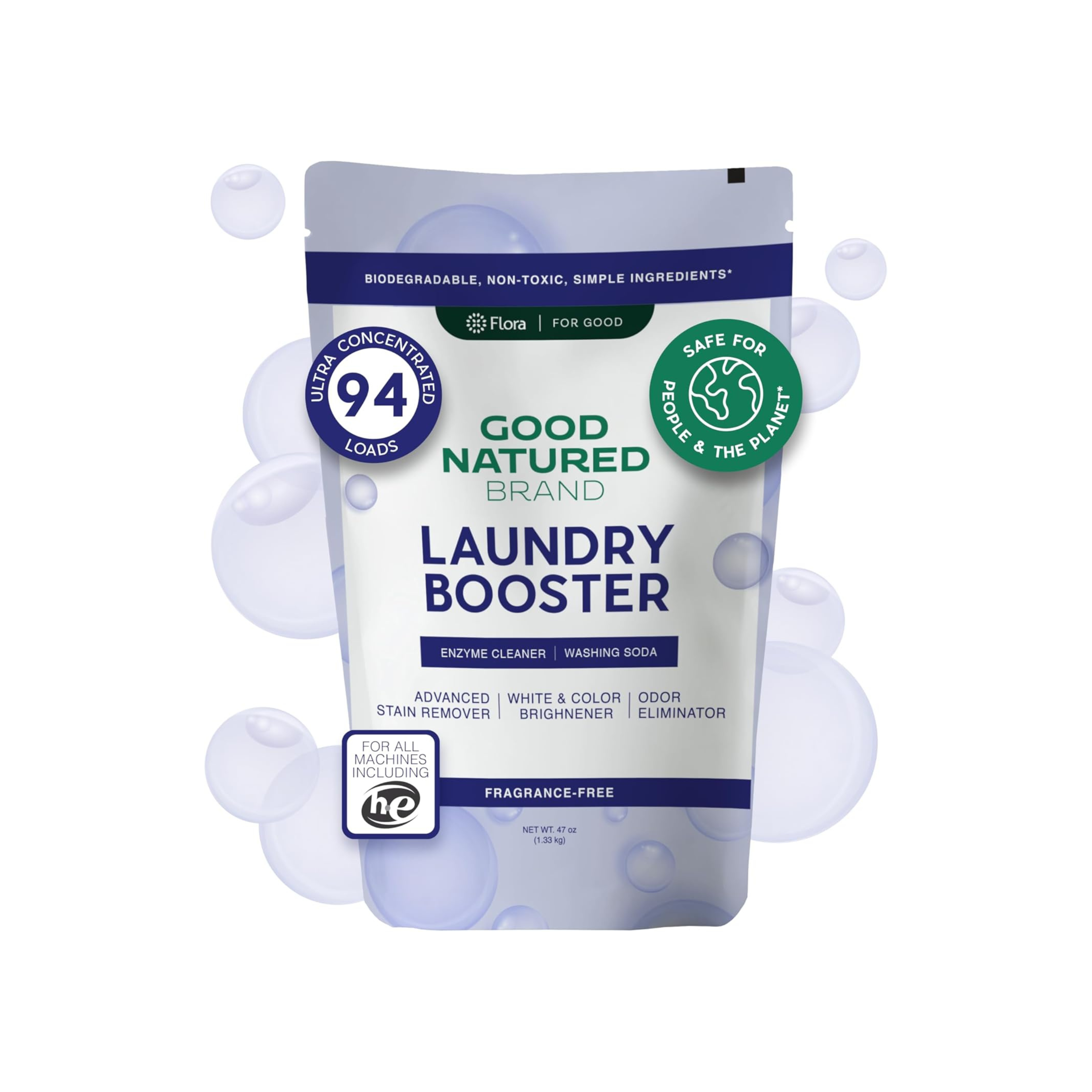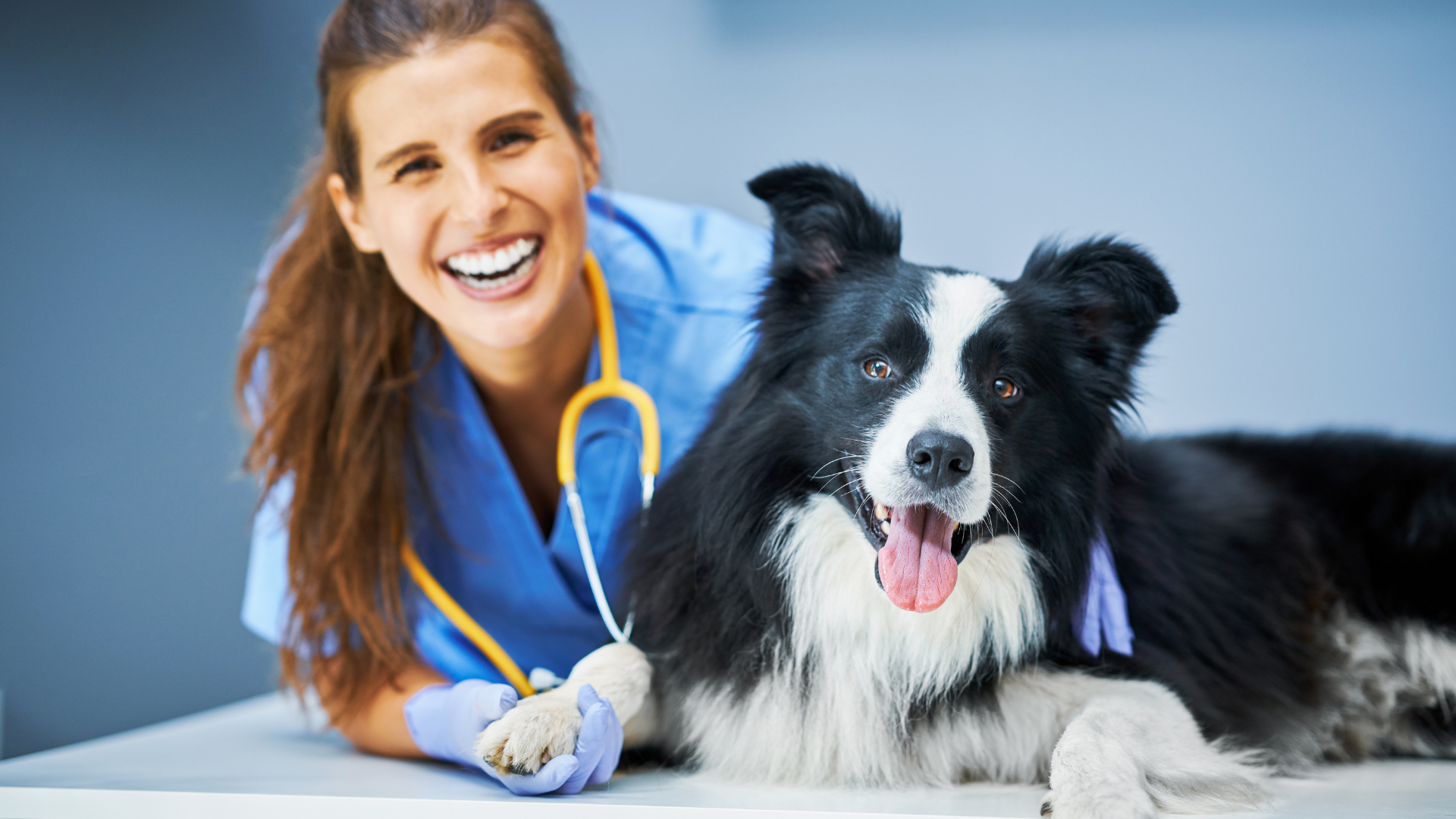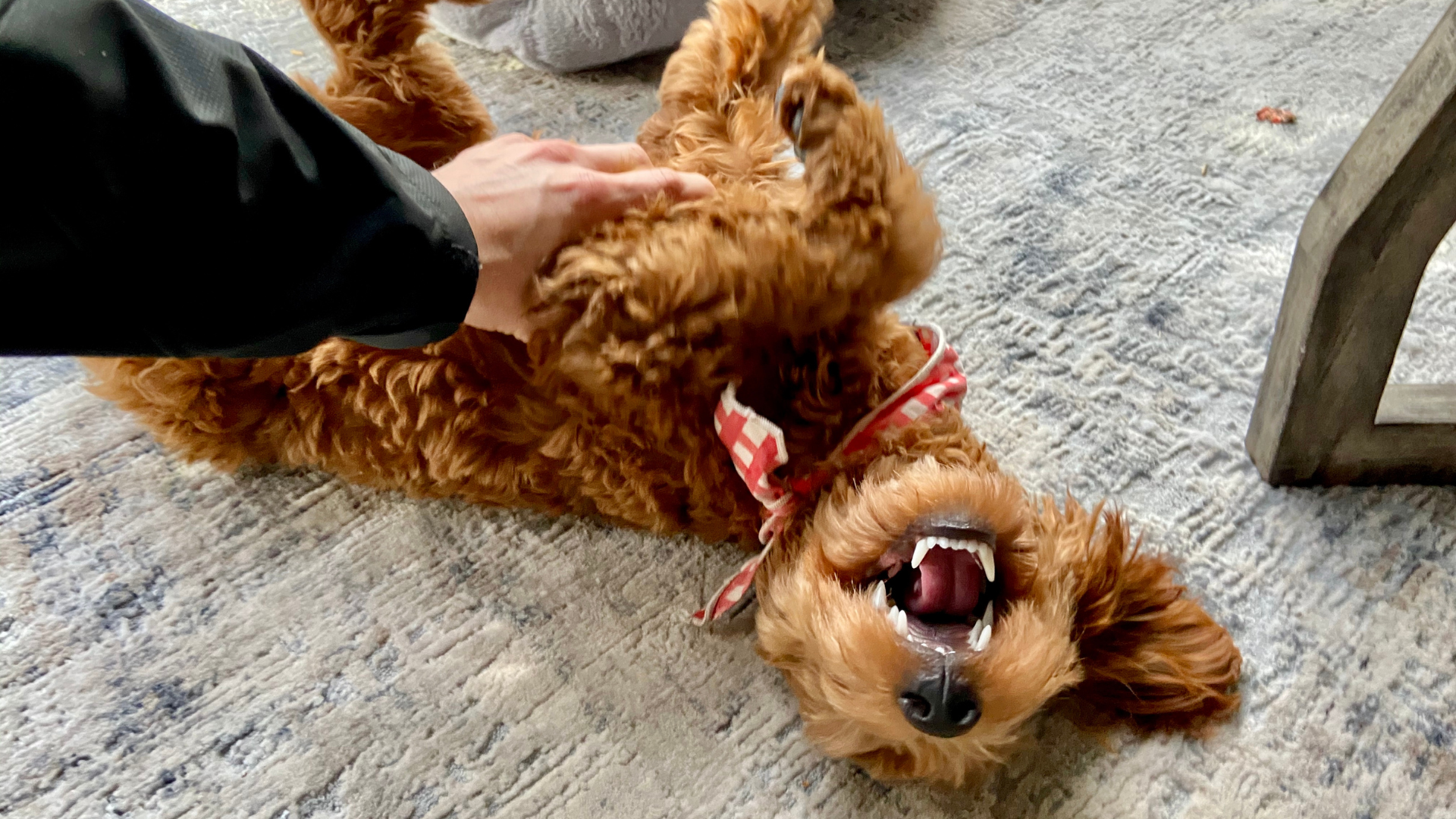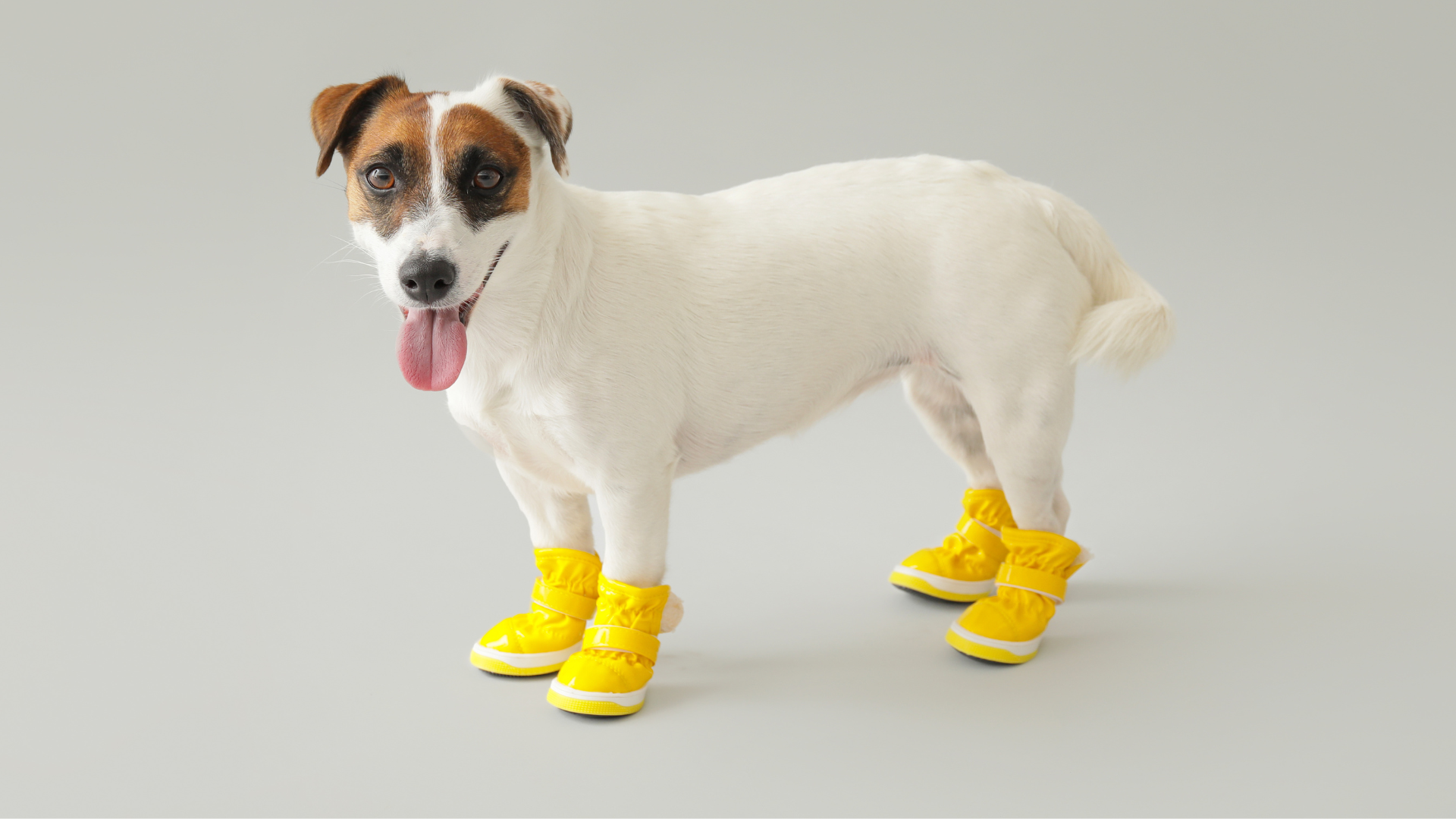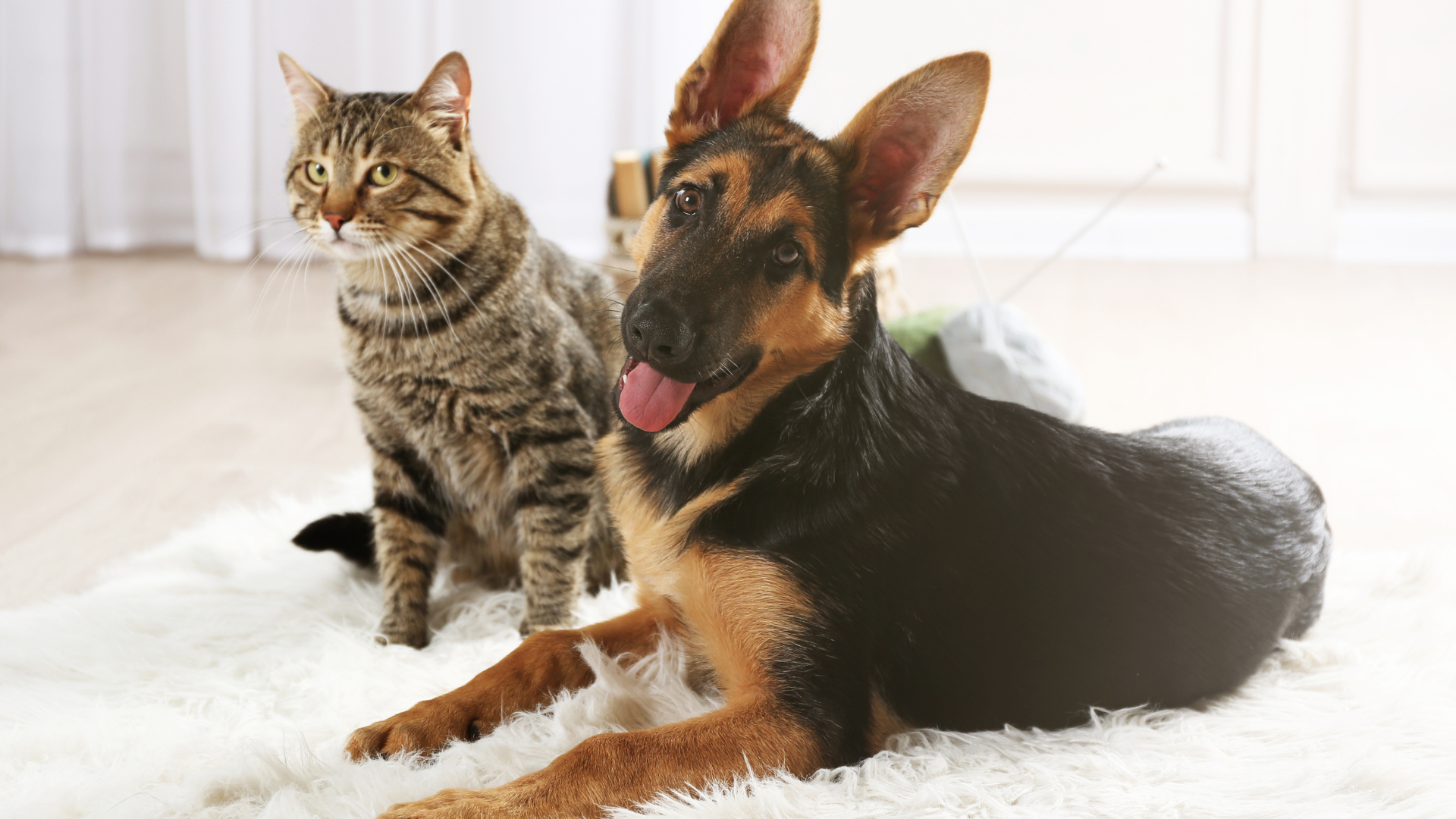In the video "This Dog Wouldn’t STOP Barking… So I Stepped In to Help" posted on the Will Atherton Canine Training YouTube channel, a highly reactive spaniel undergoes a remarkable transformation in just one day. Known for its intense barking and pulling behavior toward both people and dogs, this spaniel struggled with anxiety and reactivity. However, under the guidance of an expert trainer, the dog was able to calm down and demonstrate well-behaved, relaxed behavior in a bustling coffee shop—a huge shift from its initial reactionary state.
This blog will take you through the key insights from the video and break down the process of transforming a reactive dog into a calm, controlled companion. We’ll dive into the strategies used in the training, how they targeted the root causes of the behavior, and how owners can replicate the success at home.
Understanding Canine Reactivity: Why Your Dog May Be Barking Excessively
In the case of this reactive spaniel, the root causes of the behavior were rooted in anxiety and miscommunication between the dog and its owners. The spaniel’s extreme reactions—barking and pulling—were triggered by feelings of unease around other dogs and people. Unfortunately, these behaviors were unintentionally reinforced by the owners, who responded with treats, verbal reassurance, and even physical restraint, which only made the situation worse.
This scenario highlights a critical lesson: understanding your dog’s behavior is the first step in addressing reactivity. Dogs, especially those with high anxiety, can become more agitated when they receive attention during outbursts, reinforcing the very behavior you’re trying to prevent. Therefore, it’s essential for owners to recognize the impact their reactions may have on their dog’s behavior and to adjust accordingly.
Building a Foundation of Trust: The Importance of Positive Engagement
The trainer’s first priority was to establish a positive relationship with the spaniel by engaging in fun, rewarding activities. This approach aimed to create a foundation of trust and mutual respect between the dog and the trainer. Only after establishing this connection did the trainer begin to address the dog’s reactivity.
Just like in any aspect of pet care, trust is key to fostering a successful relationship. When working with reactive dogs, building a strong foundation of trust through positive reinforcement ensures that the dog feels comfortable and safe enough to learn new behaviors.
In your home, fostering trust can also be achieved by creating a peaceful, secure environment for your dog. Using products like Carpet Deodorizers, Laundry Powders, and All-Purpose Cleaners can help maintain a calm and clean home, making it easier for your dog to feel at ease in their environment.
Setting Clear Boundaries: The Role of Assertive Leadership
Once trust was established, the trainer introduced firm boundaries using the “leave it” command to interrupt the spaniel’s reactive behavior. By setting clear, assertive limits on what was acceptable, the trainer communicated to the dog what behaviors would not be tolerated. At the same time, calm and obedient behaviors, such as sitting and lying down, were positively reinforced with praise and treats.
This combination of assertive leadership and positive reinforcement is vital in dog training. Assertive leadership helps the dog understand its place in the relationship, while positive reinforcement encourages the dog to engage in the desired behaviors. The goal is to help the dog associate good behavior with rewards and discourage undesirable behavior through gentle corrections.
Proofing Behavior in Real-World Settings: Taking Training Beyond the Home
Once the spaniel had begun to exhibit more controlled behavior, the trainer moved to real-world proofing. This involves testing the dog’s progress in environments that might trigger reactivity, such as a busy coffee shop—where the spaniel’s previous outbursts had been most prominent. By slowly introducing the dog to these distractions, the trainer was able to demonstrate the effectiveness of the training and show the owners how to handle similar situations.
Proofing behavior in real-world settings is an essential step in any dog’s training. It’s one thing for a dog to behave well in a quiet home environment, but it’s another challenge entirely to remain calm in public or when faced with distractions. This process helps the dog generalize their new behaviors, ensuring they’re able to stay composed no matter where they are.
For dog owners, practicing these techniques in increasingly distracting environments can lead to lasting behavioral change. Whether it’s taking your dog on walks through busy areas or allowing them to interact with other dogs in controlled settings, real-world proofing strengthens your dog’s ability to remain calm under pressure.
The Working Spaniel Mindset: Understanding Breed-Specific Behaviors
An essential insight from this training is that the spaniel’s reactivity wasn’t purely emotional—it was also rooted in its natural breed instincts. As a working dog, the spaniel’s job is to alert, bark, and act as a protector. This instinctual behavior often manifests as reactivity, especially when the dog perceives a threat or feels its role as a “working” dog is being undermined.
Understanding breed-specific tendencies is key when addressing reactive behavior. Instead of suppressing the dog’s natural instincts, trainers can help redirect this energy into more appropriate, calm behaviors. This helps the dog understand that being calm and obedient is equally fulfilling as its instinctual reactions.
Teaching Owners to Be Effective Trainers: The Importance of Ongoing Education
While the trainer was able to help the spaniel make significant progress in just one day, the biggest challenge for the owners was learning how to replicate this success at home. The trainer emphasized the importance of owner involvement and education, particularly in timing, pressure, and communication style. The success of any training program ultimately depends on the owner’s ability to maintain consistency and apply the techniques correctly.
For lasting change, owners need to invest in their own education and practice the skills learned during professional training sessions. This includes understanding the timing of commands, how to apply pressure effectively, and how to reinforce positive behaviors. Ongoing coaching and structured training plans can ensure that progress is maintained and built upon over time.
Patience and Consistency: The Key to Long-Term Success
As demonstrated in the video, behavior change in dogs is a process, not an overnight fix. Even though the spaniel showed incredible progress within one day, continued practice and reinforcement are necessary for sustainable change. It’s important for owners to have realistic expectations and remain patient as they work with their dogs to reinforce the desired behaviors.
Consistency is essential. The more consistently a dog receives clear boundaries and positive reinforcement, the more likely they are to internalize the new behaviors. The trainer’s message is clear: while expert intervention can yield rapid improvements, the owner’s commitment to ongoing training is what will ensure lasting success.
Conclusion: Effective Leadership and Owner Education for a Harmonious Dog-Owner Relationship
The transformation of the reactive spaniel in this video highlights the importance of assertive leadership, positive reinforcement, and owner involvement in dog training. By understanding the root causes of reactivity and using the right techniques to address them, both dogs and owners can build healthier, more harmonious relationships.
For those looking to improve their dog’s behavior, creating a calm, supportive environment at home is key. Using products like Carpet Deodorizers, Laundry Powders, and All-Purpose Cleaners can enhance the tranquility of your home, while the training tips outlined in this video offer a practical guide to improving your dog’s behavior in any environment.
For more dog training tips and pet care advice, explore our blog for more insights and articles!










